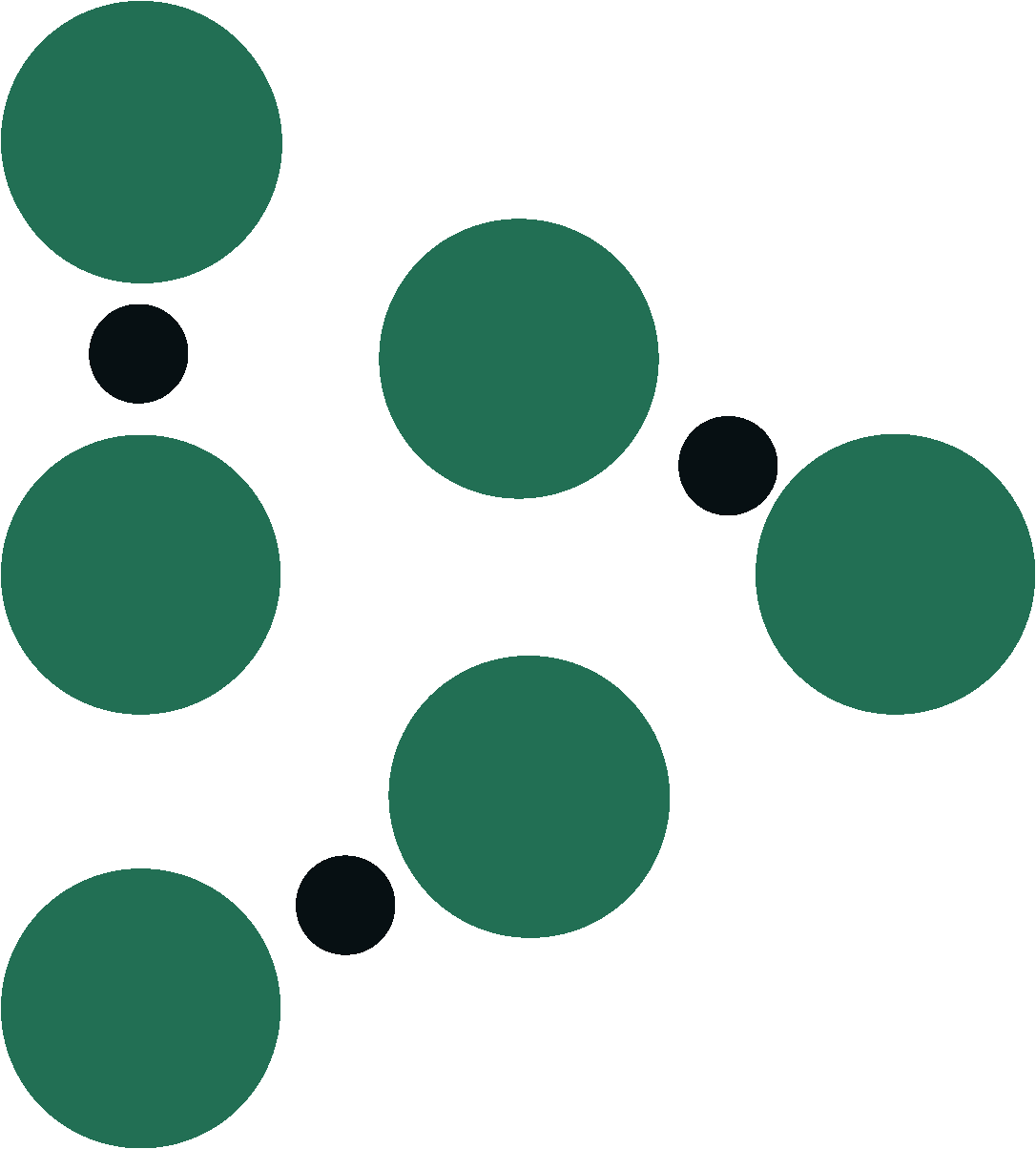2 Horrible Mistakes You’re Making With Irrigation
3 minute read
When I started working in the agricultural industry, my job was to reach out to growers and farming consultants. I quickly learned that not all irrigation scheduling systems are created equal. After speaking with over 500 growers and consultants, two irrigation mistakes stood out to me: over-irrigation and the lack of precision irrigation.
Over-Irrigation
When soil is over-irrigated, it is given too much water, thus impacting the composition of the soil. Because of the salt content in the water, when soil is over-irrigated and the water eventually evaporates, salt deposits collect on the soil's surface.
This alters the soil's composition and a few things happen:
- Excess water in the soil begins to fill the soil's air pores
- The soil's temperature reduces, and its acidity and nitrogen increase
- The nutrients in the soil flow to the sub-soil (the soil underneath the surface soil)
These changes in soil’s composition directly hinder the growth of any plants in the soil:
- The plants will have shorter roots
- Increased acidity, salt, and nitrogen levels, mean the plants will not get the nutrients they need
- The ground might not be strong enough to hold up growing plants
A healthy soil is necessary for productive farming. Over-irrigation hinders such productivity.
Too much water has less visual impact than too little, but it wastes soil and fertilizer as well as water.
Eliminate deep watering of shallow-rooted crops such as onions and beans. Frequent, light irrigations help keep water and mobile nutrients in the root zone where plants can use them.
Lack of Precision Irrigation
Why are certain people in a given demographic handling irrigation differently? There are many variables to take into account, ranging from available funding to the type of crop grown. But what we hear mostly is growers are either creating their own irrigation management systems from separate pieces of equipment or they have abandoned them all together because in their geographic area, “it rains when it rains”.
Especially in areas of the country where irrigation is necessary and important, Precision Irrigation is worthy of consideration. Growers are able to:
- Manage other precious resources more effectively
- Produce healthier crops and larger yields
- Make a difference in nutrient and disease management
Many growers that currently use center pivot irrigation systems have also employed the use of soil moisture sensors. Precision Irrigation revolves around targeting specific dry soil areas instead of the larger field as a whole. The use of soil moisture sensors to identify these dry zones allows you to irrigate with greater precision and to give the plants the amount of water they need, when they need it. This last point is so often overlooked.
Without the proper information and support on how to use your soil moisture sensors and interpret the data, it’s often misunderstood.
If the moisture content of a soil is optimum for plant growth, plants can readily absorb soil water. Much of the water remains in the soil as a thin film. Soil water dissolves salts and makes up the soil solution, an important medium for supplying nutrients to growing plants. They say knowledge is power, and we know that if you have the tools to use your soil moisture sensor system to your advantage, you’re going to be happy with the ease of mind it brings you when tying in to that precision irrigation.
In the end, we recommend you choose a system that you or your staff can easily maintain and that allows for effective root irrigation. Check out our other blog posts to learn more about specific soil moisture monitoring systems and irrigation scheduling methods!

